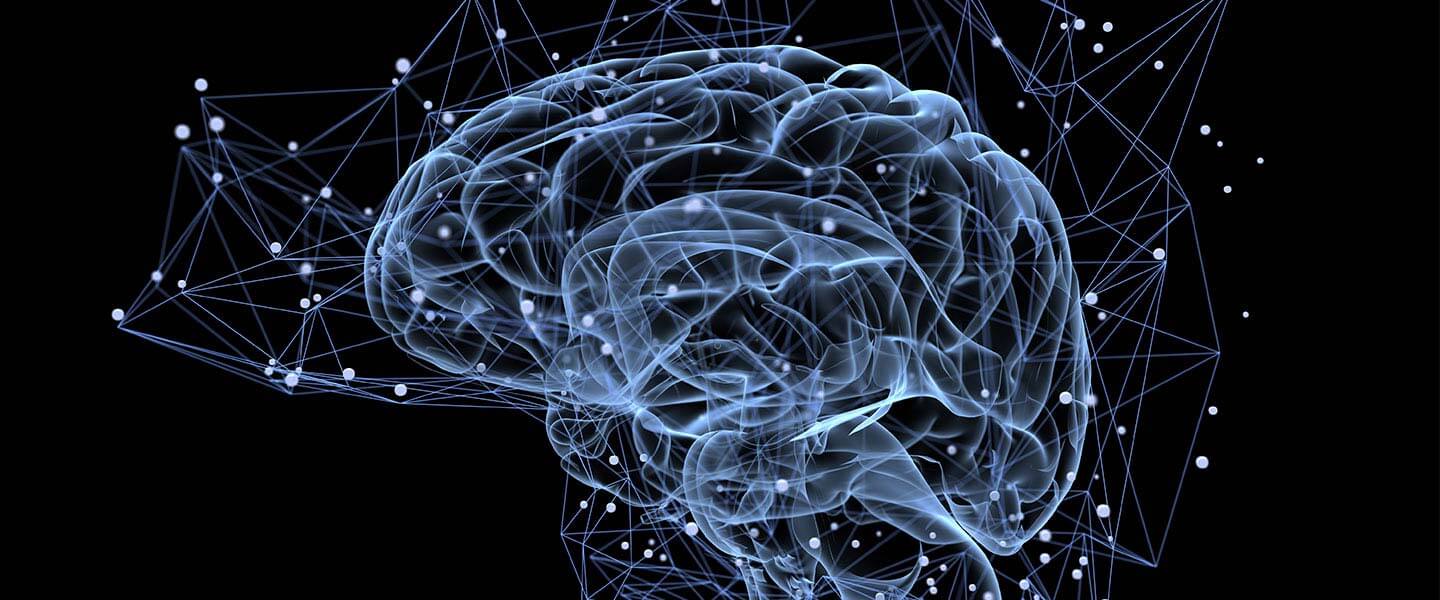In Trial, Magnetic Seizure Therapy (MST) Was Just as Effective as Electroconvulsive Therapy (ECT) in Treating Severe Depression, and Likely Safer
In Trial, Magnetic Seizure Therapy (MST) Was Just as Effective as Electroconvulsive Therapy (ECT) in Treating Severe Depression, and Likely Safer

In a new paper, researchers have reported results of the largest double-blind, randomized clinical trial to date comparing the effectiveness and safety of two important therapies for severe and treatment-resistant depression: electroconvulsive therapy (ECT) and magnetic seizure therapy (MST). Both were highly effective, although they differed in some potentially important respects.
ECT is an FDA-approved therapy that has evolved significantly in recent years. ECT briefly applies electricity to the brain via electrodes placed on the scalp. This induces a brief seizure in the brain which can have rapid and enduring therapeutic benefits not only for severe depression but other severe psychiatric illnesses including psychosis. The treatment is administered painlessly while the patient is under anesthesia. ECT is well known to be highly effective: significant reductions in symptoms are typically achieved in two-thirds to three-fourths of patients, usually within the 4-week period during which a full treatment course is given. But ECT is underutilized relative to other treatments, even ones likely to be less effective. This is because of its impact on memory: some degree of impairment frequently follows treatments for a period of time, before, in many cases, resolving or lessening.
BBRF Scientific Council member Sarah H. Lisanby, M.D., is an innovator in therapies that involve using electrical and magnetic fields to therapeutically alter circuitry in the brain that is implicated in a range of psychiatric illnesses, including schizophrenia, psychosis, major depression and bipolar disorder. Since the late 1990s, she and her team have worked to develop MST, in which magnetism, rather than electricity, is used to induce a therapeutic seizure in severely ill patients. As in ECT, the patient receives the treatment painlessly while under anesthesia. But the strength of the stimulation applied to neural circuits is less than in ECT, and is also more focused in the brain. Dr Lisanby and her colleagues have hoped that these features of MST will translate into a better side-effects profile. And indeed, a number of trials to date have suggested that MST does not impair memory as much as ECT sometimes does.
To further compare the two treatments, both of which can be life-saving—for instance in individuals with major depression who are not helped by other therapies and who are exhibiting suicidal behaviors—Dr. Lisanby led a multicenter clinical trial involving 73 patients with severe refractory major depression, 35 of whom were randomized to receive MST and 38 ECT.
Dr. Lisanby, in addition to serving on the BBRF Scientific Council, is a 2010 BBRF Distinguished Investigator, 2003 Independent Investigator, 2001 BBRF Klerman Prize winner, and 1996 Young Investigator. She is Director of the Noninvasive Neuromodulation Unit in the Experimental Therapeutics and Pathophysiology Branch at the National Institute of Mental Health (NIMH). First author on the new paper is Zhi-De Deng, Ph.D., also at the NIMH and a 2017 BBRF Young Investigator.
A typical participant in the new trial was about 48 years old and in the third year of a current major depressive episode; 10 were suffering from bipolar depression. Those treated with ECT received what is considered the safest protocol yet devised. Called right unilateral ultrabrief pulse ECT (RUL-ECT), it involves applying electricity to only one side of the head, and in a pulse of extremely short duration. This is the product of efforts to reduce the memory side-effects of ECT therapy. The form of MST used employed a single magnetic coil placed on the head, whose impact within the brain is designed to spare the dominant temporal lobe which is linked with memory. Patients, randomly assigned to one group or the other, received three treatments per week for up to 4 weeks, until they either reached remission (60% or greater reduction in symptoms) or a “plateau” in response.
“The study found that the efficacy of MST was indistinguishable from that of RUL-ECT,” the team reported. “Both MST and ECT demonstrated clinically meaningful antidepressant effects.” Among the 53 who completed the full treatment (29 MST, 24 ECT), 60.4% were “responders” (reduction in depression symptom of up to 50%) and 43.4% had “remissions” (reductions of 60% or greater). There was no significant difference in these figures between the two groups. Both treatments brought symptom relief within weeks, at about the same pace. Additionally, “both MST and ECT showed a sustained benefit over a 6-month follow-up period, again with no significant difference between them.”
MST and ECT results differed in two respects. One was that it took, on average, 2 or 3 more MST sessions for patients to achieve remission compared with ECT. The other had to do with “time to orientation.” This is the amount of time it takes patients to reacclimate after awakening from anesthesia. A longer time to orientation is a predictor of the severity of post-treatment amnesia—the memory loss that, so far, is associated with ECT but not MST. In this trial, MST patients reoriented in a few minutes, compared with about a 20-minute period, on average, for ECT patients. This result is “consistent with previous reports on MST that found that cognitive adverse effects are negligible.” In fact, MST patients “exhibited superior performance on both autobiographical memory recall and specificity,” the team noted. MST patients “also reported significantly fewer subjective adverse effects,” including fewer physical adverse effects such as headache, nausea, and muscle pain, in addition to less post-treatment confusion or disorientation.”
There is still considerable mystery surrounding exactly how ECT and MST deliver major reductions in a variety of psychiatric symptoms. When all of the cells of the brain are firing together, inducing a seizure, says Dr. Lisanby, “it powerfully releases all of the neurotransmitters that the brain runs on, and it induces neuroplastic changes [changes in the strength of connections between neurons] that last beyond the seizure itself and that convey powerful antidepressant effects and antipsychotic effects.”
In summing up, while noting the virtually identical effectiveness of ECT and MST, the team concluded that the trial provided evidence “for substantial advantages” of MST relative to the safest version of ECT currently in use.
What do these results mean to Dr. Lisanby? “I think they justify further work,” she said. “What we aim for is real-world impact. To have treatments that are clinically available that are really helpful to people who are suffering with severe conditions means that MST will need FDA approval. The next step is a noninferiority trial, a larger trial that is adequately powered to test whether MST is truly non-inferior to ECT. If the FDA were to find MST safe and effective it could potentially be cleared for clinical use in the future.” The NIMH is supporting such a trial, which is called the Confirmatory Efficacy and Safety Trial of Magnetic Seizure Therapy for Depression (CREST-MST) study and it is now enrolling patients.




